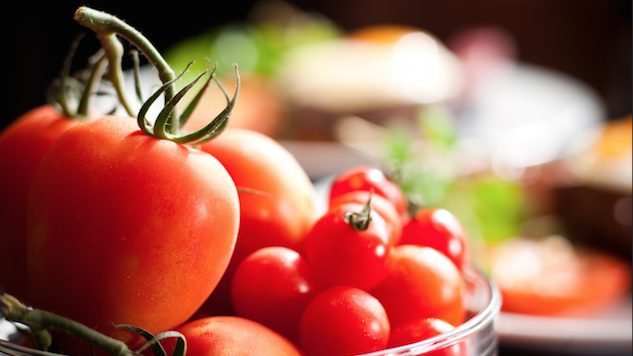10 Steps Toward an Eco-Friendly Kitchen

Earth Day comes but once a year, yet the other 364 days are also equally good days to celebrate the earth. After all, it’s thanks to it that we have delicious food that make the world go around. And if you’re on this planet (and particularly on this section of Paste) it’s pretty safe to say that you’re a fan of food. Here are 10 tips to making a more eco-friendly kitchen. Some are easy and cheap, while others take a little more time and money. Do whichever suits your lif—every little bit counts.
1. Bring Your Own Grocery Bags and Produce Bags
Many people are already bringing their own bags to go grocery shopping. Similarly, carrying your own non-disposable produce bag is an easy switch. Bring an old, cotton pillow cover, or check out the many cute reusable produce bags on the market.
2. Waste Not, Want Not
Over 30 percent of edible food in the U.S. is thrown out, and much of it not just from grocery stores and restaurants, but also from households. So write down your ingredients, and stick to your shopping list. It’ll be gentler on your pocketbook, too.
3. Check Out the Bulk Bins
The term “buying bulk” can be misleading … one can assume they should stock up on canned food or something like that. But “ buying bulk” actually refers to “buy from the bulk bins,” which are basically huge bins of unpackaged dry foods like pasta, grains, nuts and in some places, even spices. Some grocery stores in the U.S. have bulk sections. To find one near you, check out this Bulk Finder page by Zero Waste Home. Some options can be more expensive than the pre-packaged options, while some can be cheaper. For nuts and grains, you can use those nifty reusable produce bags.
4. Eat Local, Seasonal, and Plant-Based
Produce that travels from different continents allows us to eat food that is out of season in our own area, but it has to be heavily transported to get here. On top of eating locally and seasonally, switching out a few animal-based recipes for plant-based recipes is stipulated to have a significant environmental impact.
5. Look for Plastic-Free Options
While plastic goes in the recycling bin, it is not really recycled, but downcycled, and with each reincarnation, it deteriorates in quality. Products like mayonnaise, vinegar, olive oil, peanut butter, sometimes even milk, have glass options. Unfortunately, most of these still have plastic lids … but it’s a start. Glass packaging tends to be more expensive, so do whatever works for your budget.